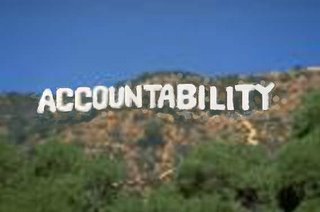There's no place like home....
| A few thoughts about Kansas as I work through Frank's What's the Matter with Kansas book.
I taught at the University of Kansas for eight years during the 1980s, and Lawrence was the family's "home" for about ten. My kids regard Lawrence as their "hometown," and we still think of the place and the people with fondness. In fact, from all I hear (I have not visited in awhile -- at least a decade), the city and its environs have become the western suburban edge of the Johnson County growth area -- and quite "the" place to live. The picture that Frank (who comes from the upscale Mission Hills area of the Kansas City area -- the once wealthiest part of Johnson County) paints of the Johnson County suburbs is not surprising and reinforces the image of the kind of upscale sprawl that has developed at the suburban edge in many US cities. What is shocking, however, is his description of what's taking place in the rest of Kansas. During the mid-1970s we lived in Emporia, Kansas for two years, a small city (dwarfed by Topeka to the north and Wichita to the south, but bigger than most towns). It wasn't a bad place to live and raise kids, and the people were incredibly nice. But its size and isolation gave us all the incentive we needed to move up the academic ladder by publishing our way out of there (next stop as Chicago before our return to Kansas). Emporia had a significant place in US history as perhaps the symbolic center the Progressive Movement (at least the Teddy Roosevelt version), and it retained much of the charm associated with Judge Hardy's America. Its main street (Commercial Avenue, as you might expect for a city named "Emporia") was not the most vibrant place. On very hot days you could literally see the heat rise from the pavement as you looked toward the horizon from the from the university (actually the state teachers' college) that stood at one end of the wide thoroughfare. But it certainly was not in the kind of condition described by Frank in his overview of small town Kansas. Frank's comment, as he instroduced Emporia as his main example of the condition of Kansas' economy, was "this is a civilization in the early stages of irreversible decay" (59) I was reminded immediately of what is perhaps the most famous comment made about New York City (and big city America in general) during the late 1960s and early 1970s. As it happens, the comment was made about another place I've lived, the Brownsville/East New York neighborhood in Brooklyn (I was born and raised there). Taken on a tour of the area by Mayor John Lindsay of New York, Boston's mayor, Kevin White, characterized what he saw as "the beginning of the end of civilization." There are all sorts of "reflections" running through my head at the moment -- some personal and some more "analytic." It does seem that the past forty years has been a period of transformation when it comes to regional economic conditions. Small town America (as opposed to suburban America) has replaced the inner city as the most desolate of social spaces, for while the infamous Brownsville/East New York neighborhoods of the US are far from "revitalized," they seem to be benefitting from the overall "come back" made by New York and other major cities over the past two or three decades. In the meantime, it is the Emporias of middle America that have become the country's socioeconomic basket cases. |



Comments on "There's no place like home...."
post a comment